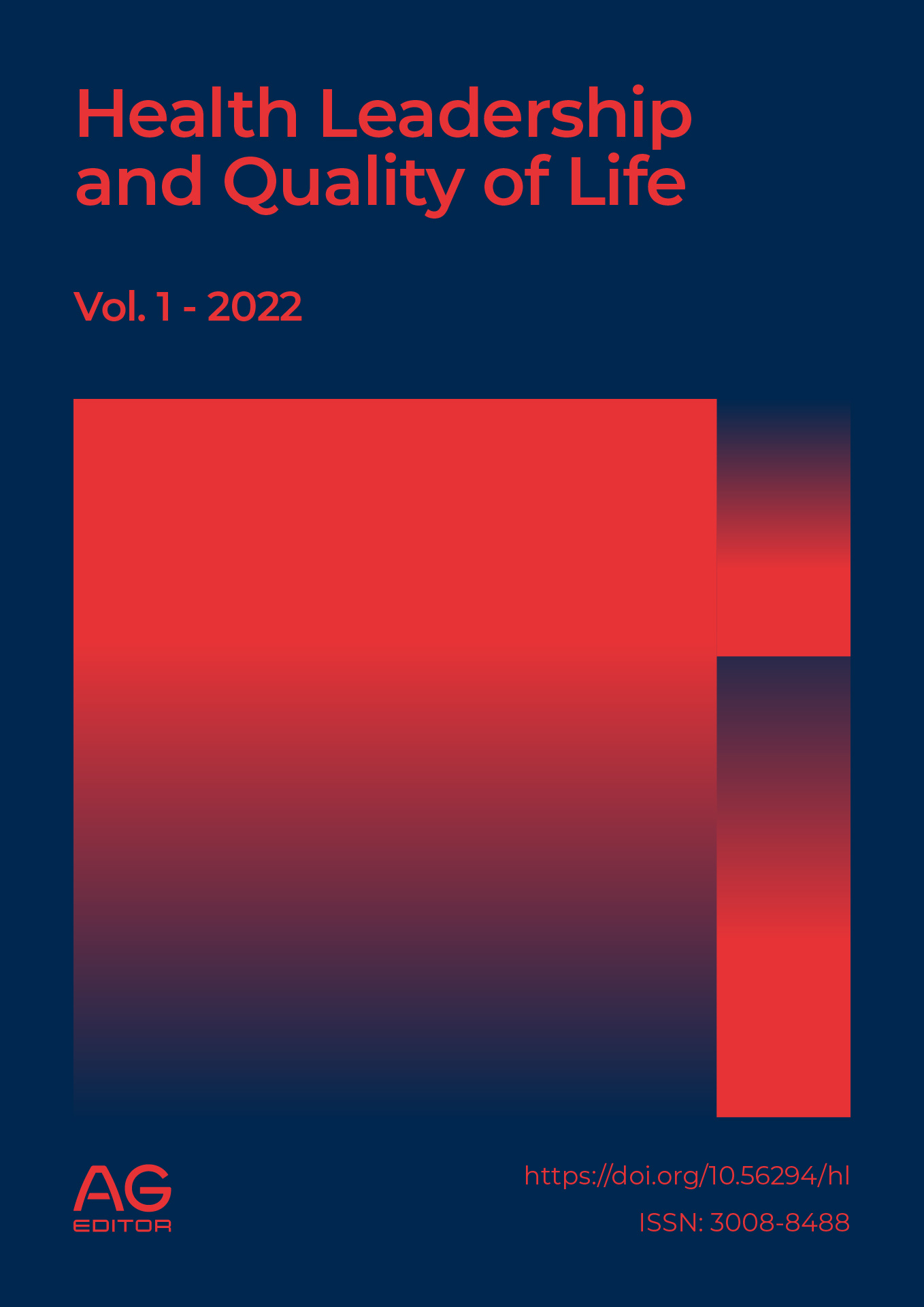Evaluating the Effectiveness of Policy Interventions in Reducing Lead Exposure among Vulnerable Populations
DOI:
https://doi.org/10.56294/hl2022127Keywords:
Populations, Interventions, Implementing, Behaviors, Effectiveness, PromotingAbstract
Introduction: Lead exposure continues to be a major public health issue, especially for vulnerable populations, including children and low-income communities. This has led to policy interventions, but the impact on reducing lead exposure is under scrutiny. The objective of this study is to evaluate the effectiveness of policy measures in reducing lead exposure among susceptible populations.
Methods: We undertook a systematic review of the literature to identify studies that assessed the effectiveness of policy interventions to reduce lead exposure. The search included peer-reviewed articles from 2000 to 2020, and studies were included if they (1) measured changes in lead exposure levels or (2) were a policy intervention targeted at a vulnerable population. Quality assessments of the studies were conducted using predefined criteria with data being synthesized through narrative.
Results: Out of the twenty studies that met the inclusion criteria, most focused on lead paint abatement, lead service line replacement, or lead-safe renovation practices. These results point toward a substantial decrease in lead exposure following the introduction of policy interventions that can range as high as a 73% reduction in blood lead levels in children across multiple studies. Moreover, lead-exposure prevention policies implementing education and awareness programs showed favorable impacts by increasing knowledge among parents and encouraging the practice of safer behaviors to lower lead exposure.
Conclusions: These findings highlight the potential for policy interventions to significantly reduce lead exposure in susceptible populations. These results also stress the importance of regular assessment and refinement of these policies to guarantee continuing success that reduces lead exposure throughout the years. Further research should evaluate their cost-effectiveness and barriers to implementation and effectiveness.
References
[1] Levallois, P., Barn, P., Valcke, M., Gauvin, D., & Kosatsky, T. (2018). Public health consequences of lead in drinking water. Current environmental health reports, 5, 255-262.
[2] Ssewamala, F. M., Sensoy Bahar, O., Tozan, Y., Nabunya, P., Mayo-Wilson, L. J., Kiyingi, J., ... & Witte, S. S. (2019). A combination intervention addressing sexual risk-taking behaviors among vulnerable women in Uganda: study protocol for a cluster randomized clinical trial. BMC women's health, 19, 1-21.
[3] Ruckart, P. Z. (2021). Update of the blood lead reference value—United States, 2021. MMWR. Morbidity and Mortality Weekly Report, 70.
[4] Rasella, D., Basu, S., Hone, T., Paes-Sousa, R., Ocké-Reis, C. O., & Millett, C. (2018). Child morbidity and mortality associated with alternative policy responses to the economic crisis in Brazil: A nationwide microsimulation study. PLoS medicine, 15(5), e1002570.
[5] Allen, L. N., Pullar, J., Wickramasinghe, K. K., Williams, J., Roberts, N., Mikkelsen, B., ... & Townsend, N. (2018). Evaluation of research on interventions aligned to WHO ‘Best Buys’ for NCDs in low-income and lower-middle-income countries: a systematic review from 1990 to 2015. BMJ global health, 3(1), e000535.
[6] Crooks, C. V., Jaffe, P., Dunlop, C., Kerry, A., & Exner-Cortens, D. (2019). Preventing gender-based violence among adolescents and young adults: Lessons from 25 years of program development and evaluation. Violence against women, 25(1), 29-55.
[7] Hsiang, S., Allen, D., Annan-Phan, S., Bell, K., Bolliger, I., Chong, T., ... & Wu, T. (2020). The effect of large-scale anti-contagion policies on the COVID-19 pandemic. Nature, 584(7820), 262-267.
[8] Ferguson, L., Taylor, J., Davies, M., Shrubsole, C., Symonds, P., & Dimitroulopoulou, S. (2020). Exposure to indoor air pollution across socio-economic groups in high-income countries: A scoping review of the literature and a modelling methodology. Environment international, 143, 105748.
[9] Alcaraz, K. I., Wiedt, T. L., Daniels, E. C., Yabroff, K. R., Guerra, C. E., & Wender, R. C. (2020). Understanding and addressing social determinants to advance cancer health equity in the United States: a blueprint for practice, research, and policy. CA: a cancer journal for clinicians, 70(1), 31-46.
[10] Brown, A. F., Ma, G. X., Miranda, J., Eng, E., Castille, D., Brockie, T., ... & Trinh-Shevrin, C. (2019). Structural interventions to reduce and eliminate health disparities. American journal of public health, 109(S1), S72-S78.
Published
Issue
Section
License
Copyright (c) 2022 Pradeepta Sekhar Patro , Supriya Awasth, Jamuna.K. V , Mukesh Sharma (Author)

This work is licensed under a Creative Commons Attribution 4.0 International License.
The article is distributed under the Creative Commons Attribution 4.0 License. Unless otherwise stated, associated published material is distributed under the same licence.






